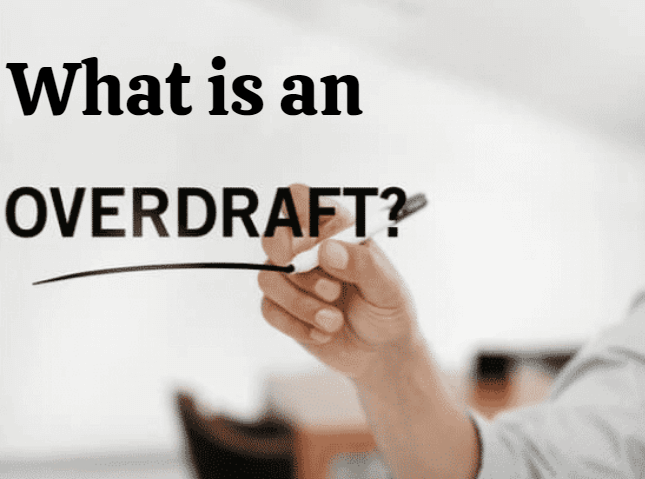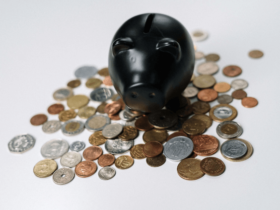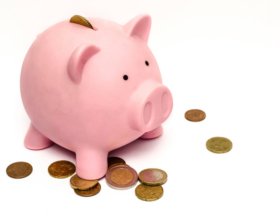What Is an Overdraft?
What Is an Overdraft? An overdraft lets you borrow additional money through your current account. It occurs when a transaction exceeds your available balance.
An overdraft is an extension of a loan from a lending institution that is granted when an account reaches zero.
An overdraft allows the account holder to continue withdrawing money even when there is no money in the account or insufficient funds to cover the withdrawal amount.
When you do not have enough money in your financial account to cover the transaction. But your institution honors it anyway.
Then Overdrafts allow you to continue using the money in your account even if there is an insufficient balance. But you need to return the money, and usually, also pay the fee. Know about What Is a Savings Account And How Does it Works?
Always make sure that you have enough money in your current account, or that there is a suitably settled overdraft limit before any payment due to you coming out of your account.
How Do Overdrafts Work?
With an overdraft account, a bank is covering payments that a customer has made that would otherwise be rejected. Or in the case of an actual check, bounced and returned without payment.
When you make a purchase that brings your account balance down to zero. The banks decide whether to decline the purchase or pay for your account.
An overdraft can trigger any action that results in an insufficient account balance. This may include:
- An automatic payment deducted from your account when you do not have enough money to cover the cost.
- A check written by you later deposited and deducted from your account as expected, and you do not have the money available to cover your purchase.
- You make a debit card purchase in person or online and despite accepting it, there is not enough money in your account.
Most of the time, a bank or credit union will base an overdraft on your available balance – the amount of money in your account that you can spend, withdraw, or cover the transaction.
The Overdraft Protection
Overdraft protection provides the customer with a valuable tool to manage their checking account.
Overdraft protection is an agreement between you and your bank to cover an overdraft on a checking account, which often involves a fee.
The Overdraft protection ensures that you will not have a check returned against insufficient funds.
However, banks provide service because they benefit from it by imposing fees. As such, customers should use overdraft protection only and only in case of an emergency.
If you choose overdrafts protection when setting up an account with your bank, you’re usually offered a few different options:
1. Standard overdrafts practice: This is usually the default, covering certain payments such as automatic payments and recurring debit purchases, including gym membership or monthly membership service.
2. Overdraft protection: In some cases, a bank or credit union may allow you to link your savings account to your checking account as a backup.
When overdrafts occur the money automatically transferred from the linked account and credited to the transaction account.
3. Debit card coverage: If you want your debit transactions to go through, even if they are not recurring bills, you can ask about this service. there a fee associated with each transaction.









